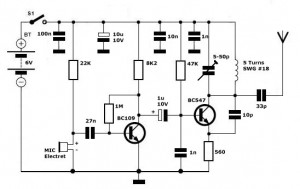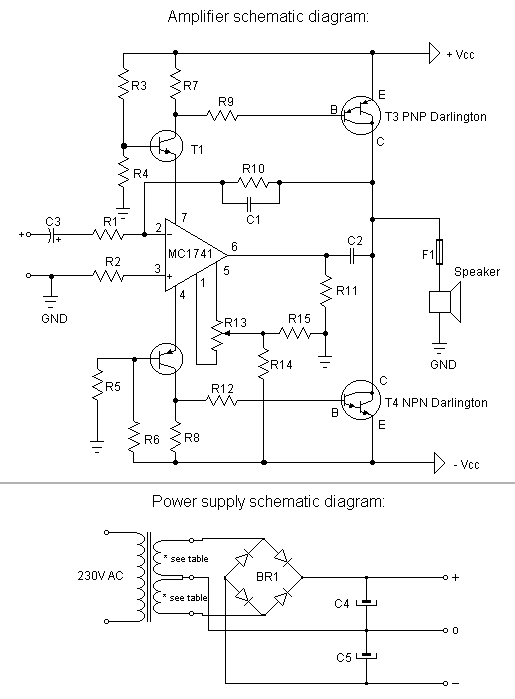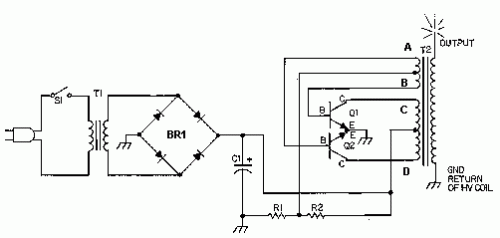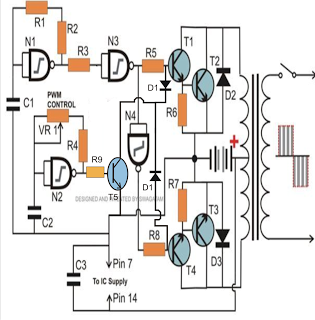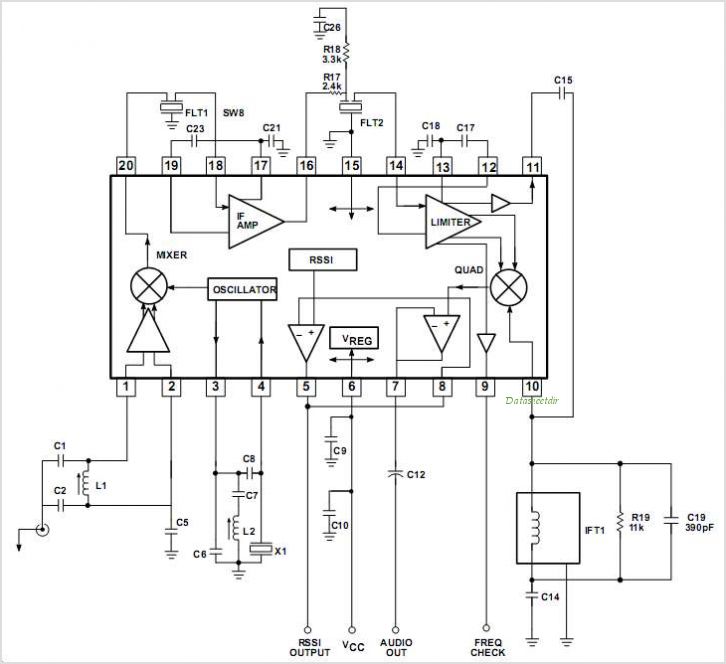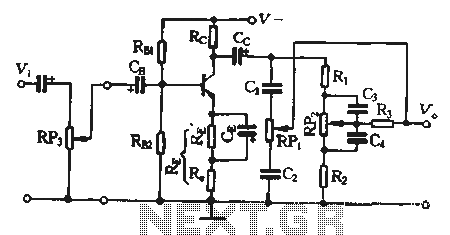
Simple High Quality Preamp For Hi-Fi
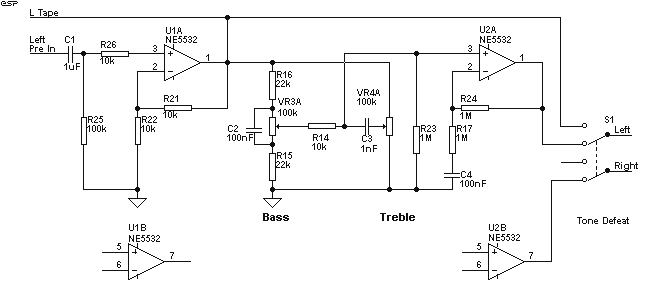
The preamp featured has optional tone and balance controls which may be omitted if desired. The input switching may be extended if needed to accommodate more signal sources. In this version, no RIAA (phono) input is provided. See the separate Project Page article for a stand-alone phono preamp which can be added if desired.
Additional Content: The preamp, as described, is a versatile piece of electronic equipment. It includes optional tone and balance controls that allow users to adjust the sound to their preference. These controls, while optional, are generally recommended for a more customized audio experience.
Moreover, the preamp features an extendable input switching mechanism. This feature is particularly useful when there is a need to accommodate more signal sources, enhancing the device's flexibility and adaptability to different setups. This makes the preamp a suitable choice for complex audio systems that require multiple signal inputs.
However, it should be noted that this particular version of the preamp does not provide a RIAA (phono) input. The RIAA input is essential for connecting turntables or other phonograph devices, which might limit its usability for vinyl enthusiasts or professional DJs.
Nevertheless, there is a workaround for this limitation. A stand-alone phono preamp can be added if desired, according to the separate Project Page article. This additional component would allow the preamp to interface with phonograph devices, thus expanding its functionality and compatibility.
In conclusion, this preamp is a highly customizable and adaptable device, though it lacks a built-in RIAA input. The option to add a stand-alone phono preamp, however, provides a potential solution for users who require this feature.For those who are still with me, the preamp featured has optional tone and balance controls which may be omitted if desired (although I do not recommend this generally). The input switching may be extended if needed to accommodate more signal sources, however in this version, no RIAA (phono) input is provided - see the separate Project Page article for a stand-alone phono preamp which can be added if desired.
🔗 External reference
Additional Content: The preamp, as described, is a versatile piece of electronic equipment. It includes optional tone and balance controls that allow users to adjust the sound to their preference. These controls, while optional, are generally recommended for a more customized audio experience.
Moreover, the preamp features an extendable input switching mechanism. This feature is particularly useful when there is a need to accommodate more signal sources, enhancing the device's flexibility and adaptability to different setups. This makes the preamp a suitable choice for complex audio systems that require multiple signal inputs.
However, it should be noted that this particular version of the preamp does not provide a RIAA (phono) input. The RIAA input is essential for connecting turntables or other phonograph devices, which might limit its usability for vinyl enthusiasts or professional DJs.
Nevertheless, there is a workaround for this limitation. A stand-alone phono preamp can be added if desired, according to the separate Project Page article. This additional component would allow the preamp to interface with phonograph devices, thus expanding its functionality and compatibility.
In conclusion, this preamp is a highly customizable and adaptable device, though it lacks a built-in RIAA input. The option to add a stand-alone phono preamp, however, provides a potential solution for users who require this feature.For those who are still with me, the preamp featured has optional tone and balance controls which may be omitted if desired (although I do not recommend this generally). The input switching may be extended if needed to accommodate more signal sources, however in this version, no RIAA (phono) input is provided - see the separate Project Page article for a stand-alone phono preamp which can be added if desired.
🔗 External reference
